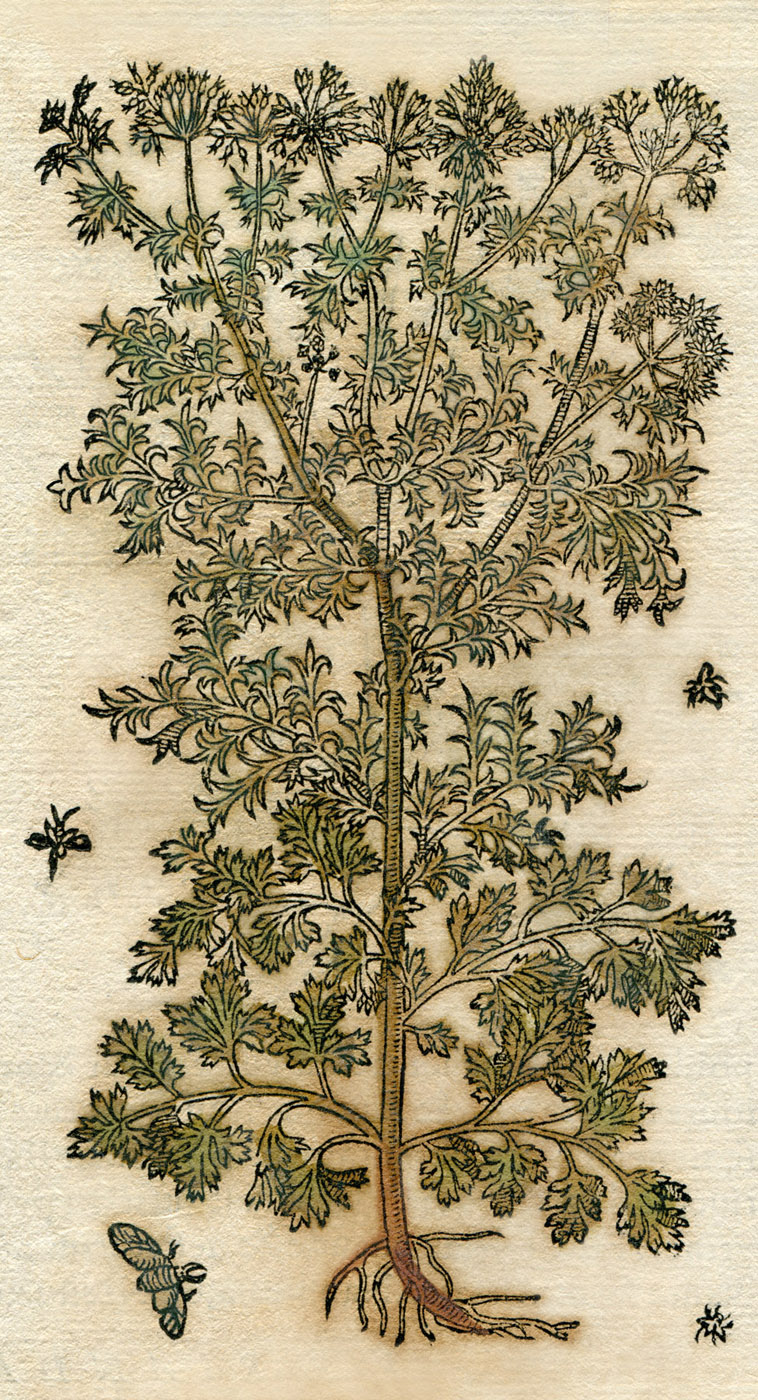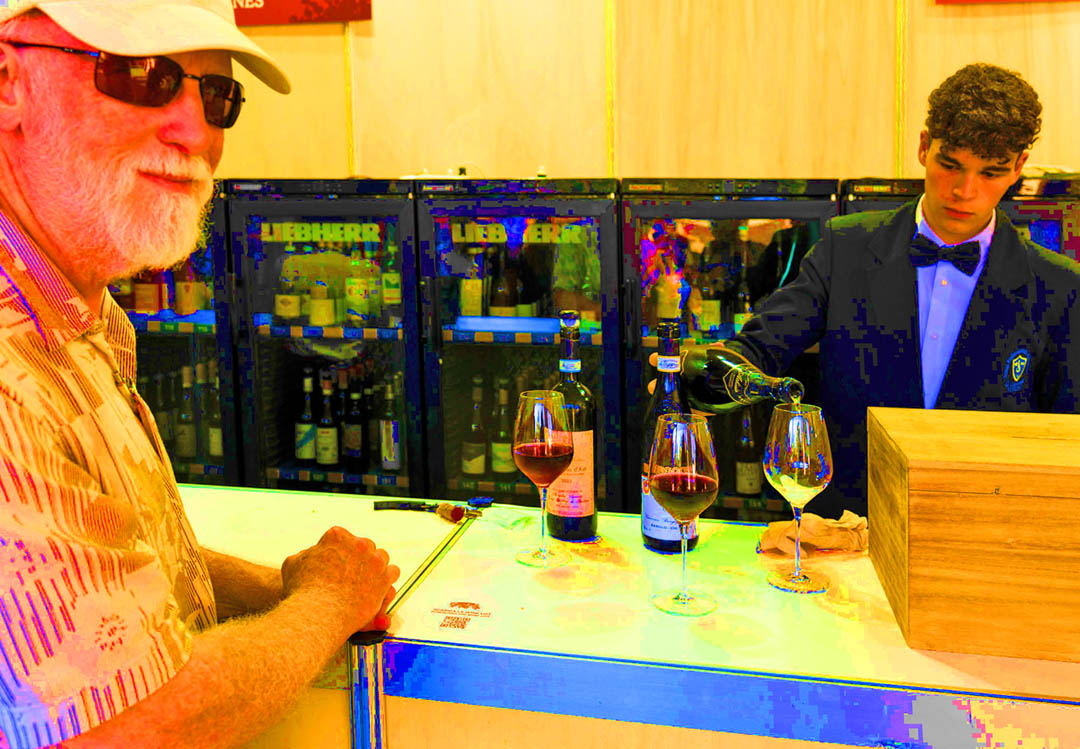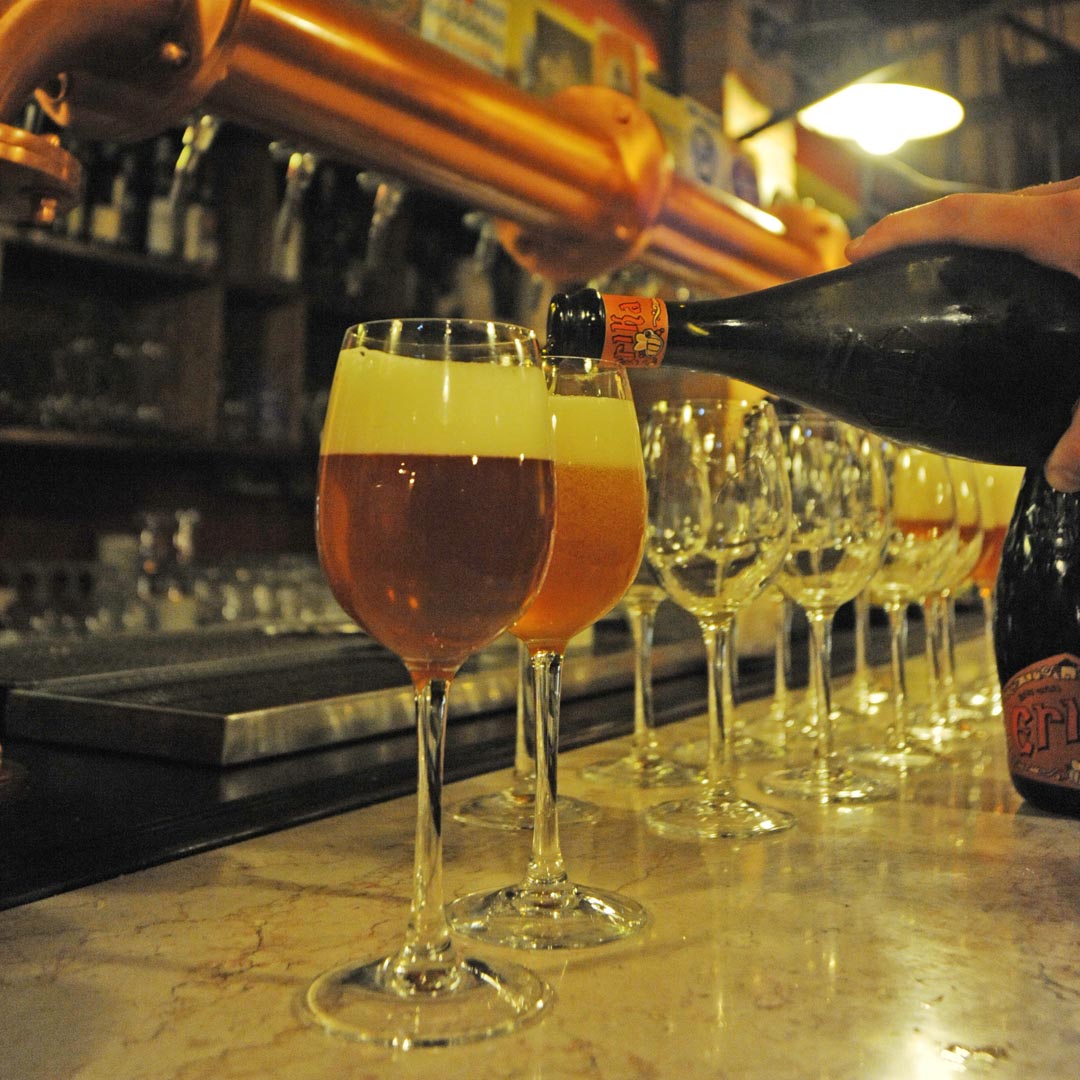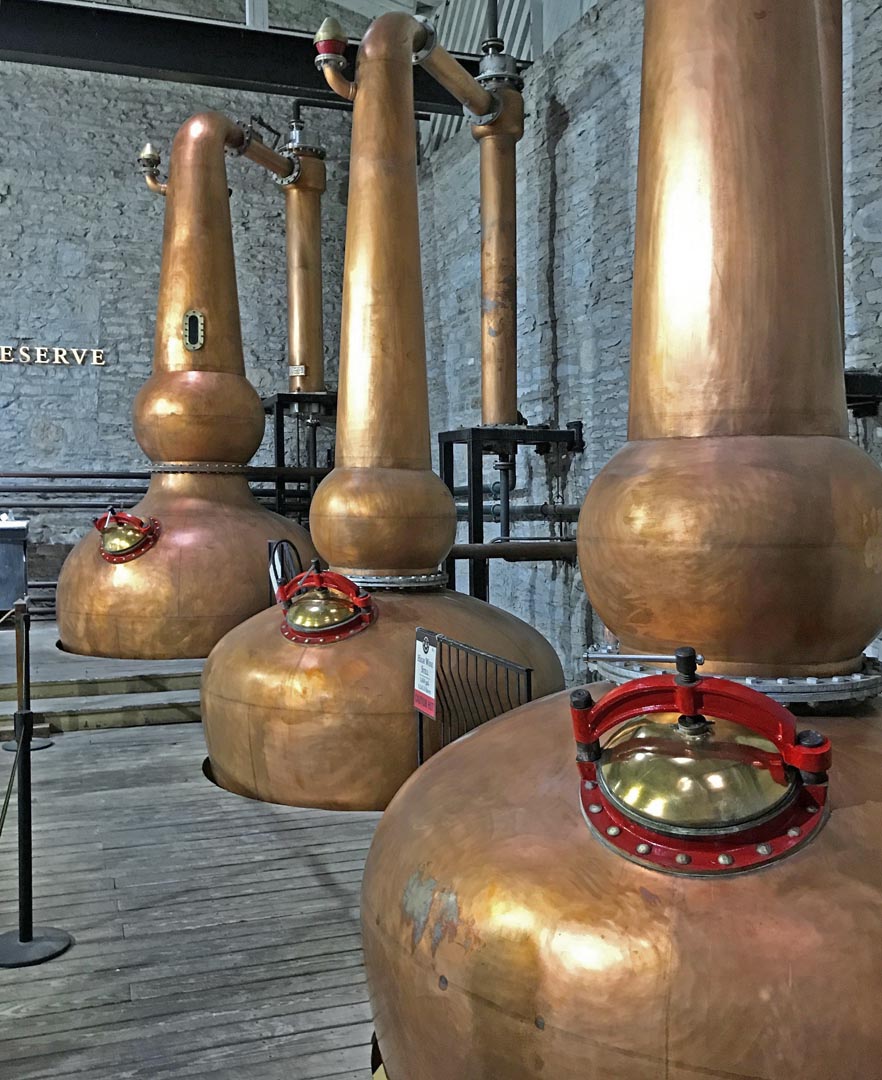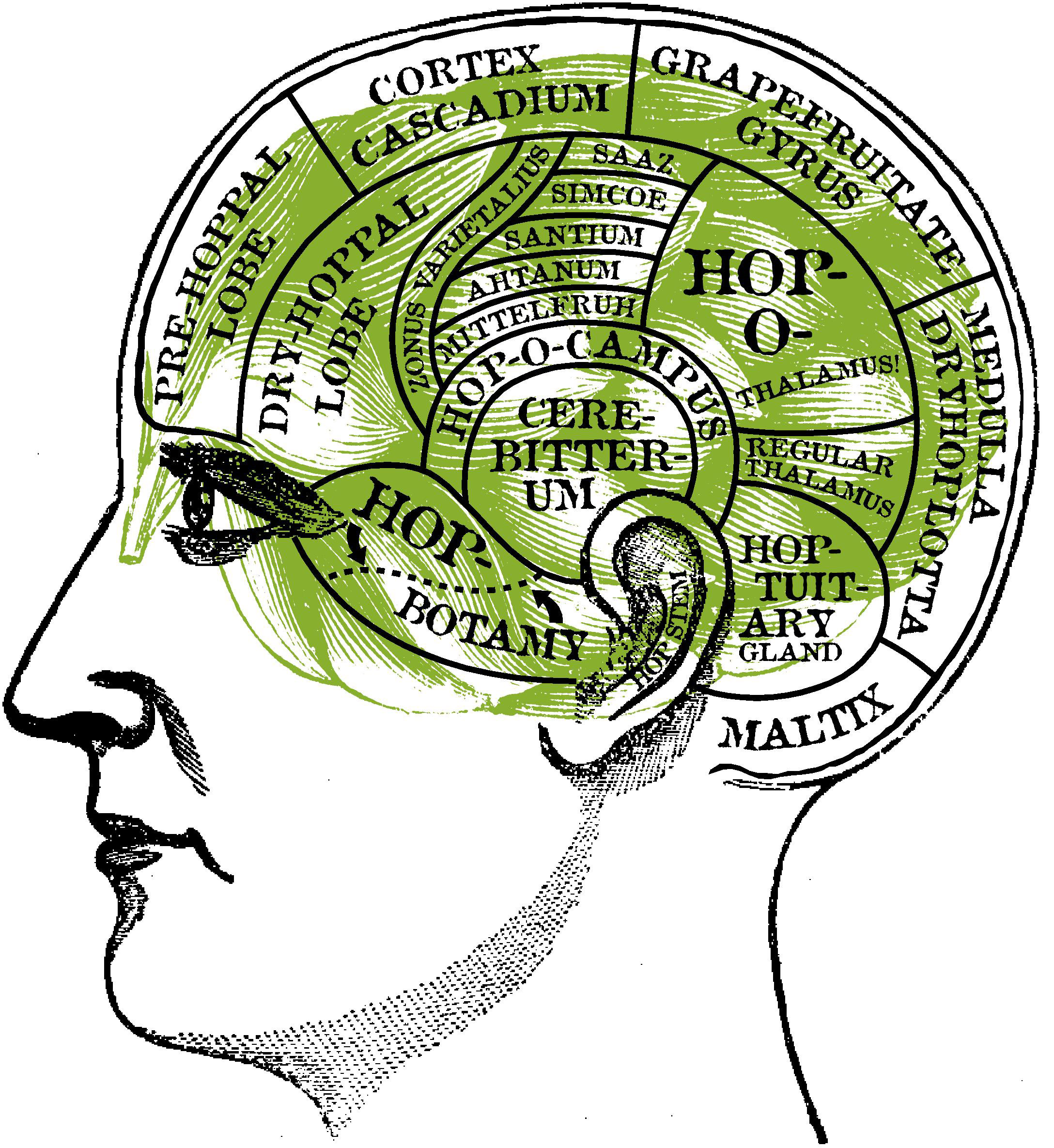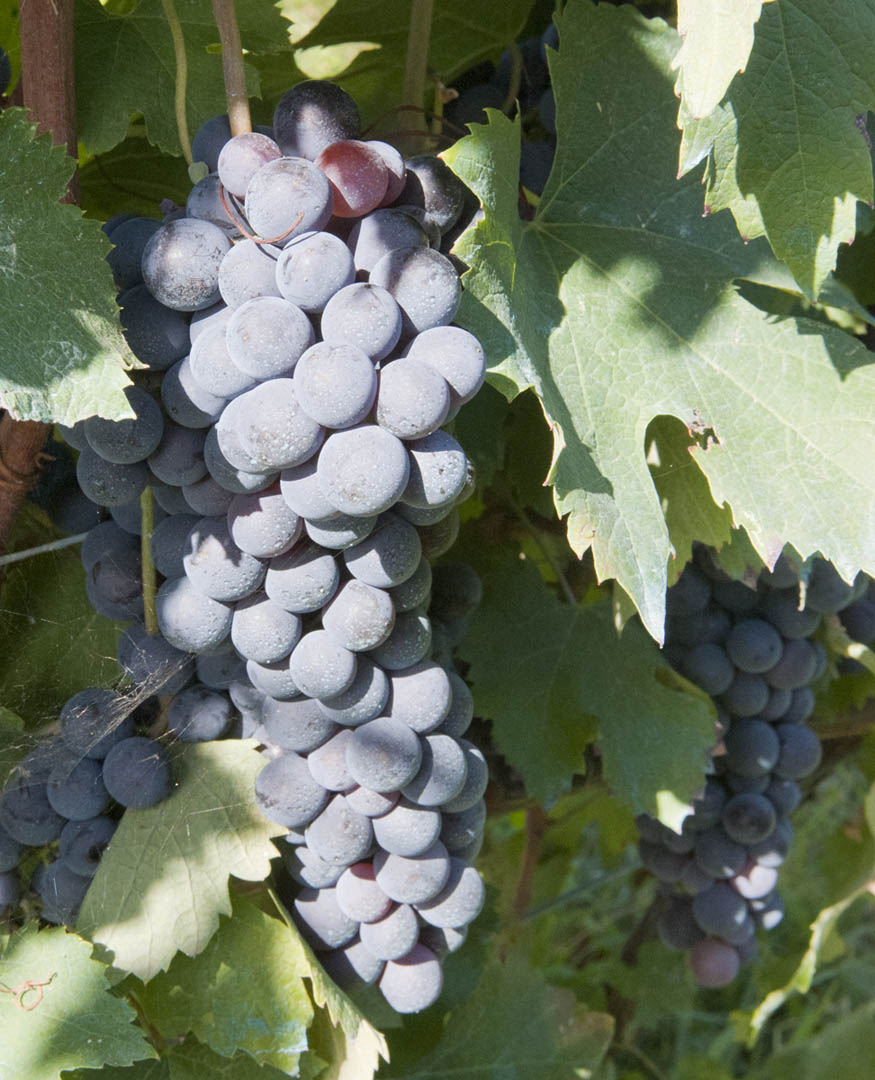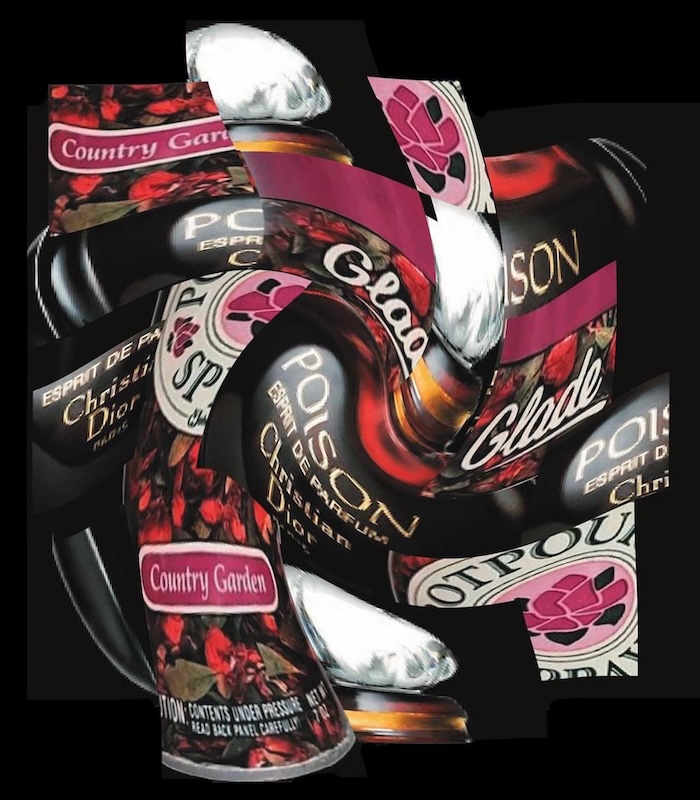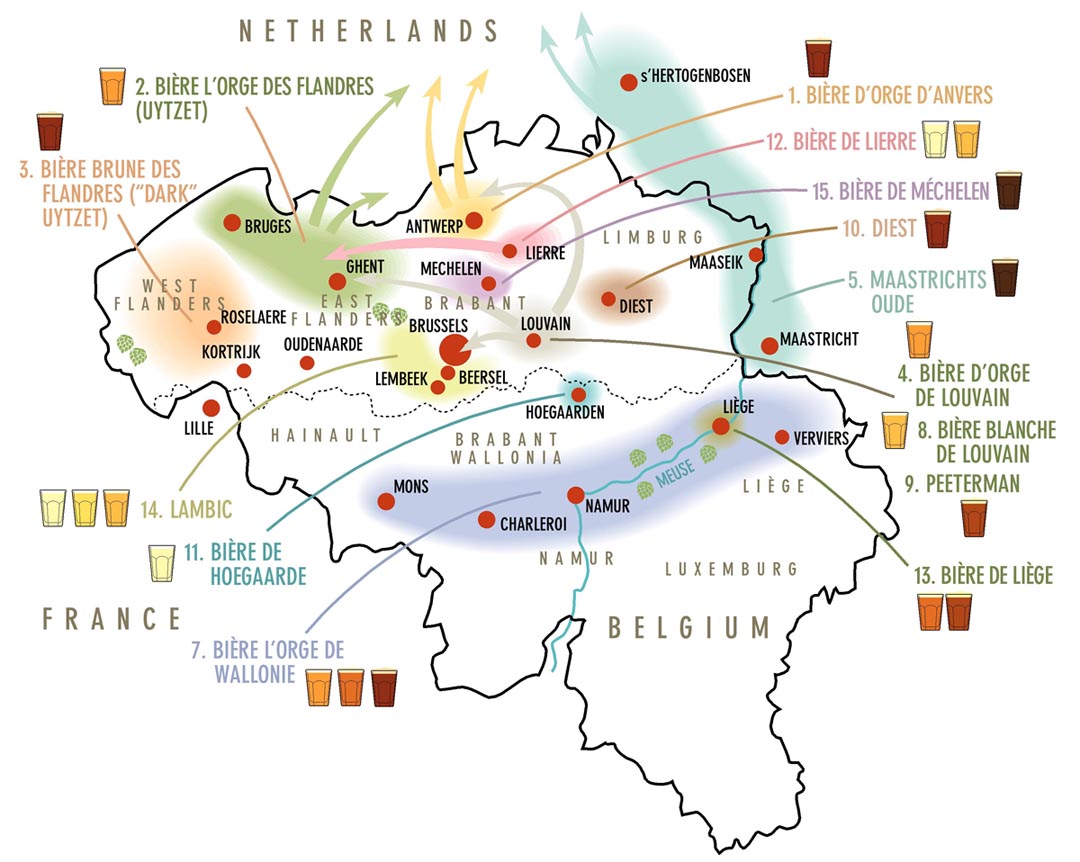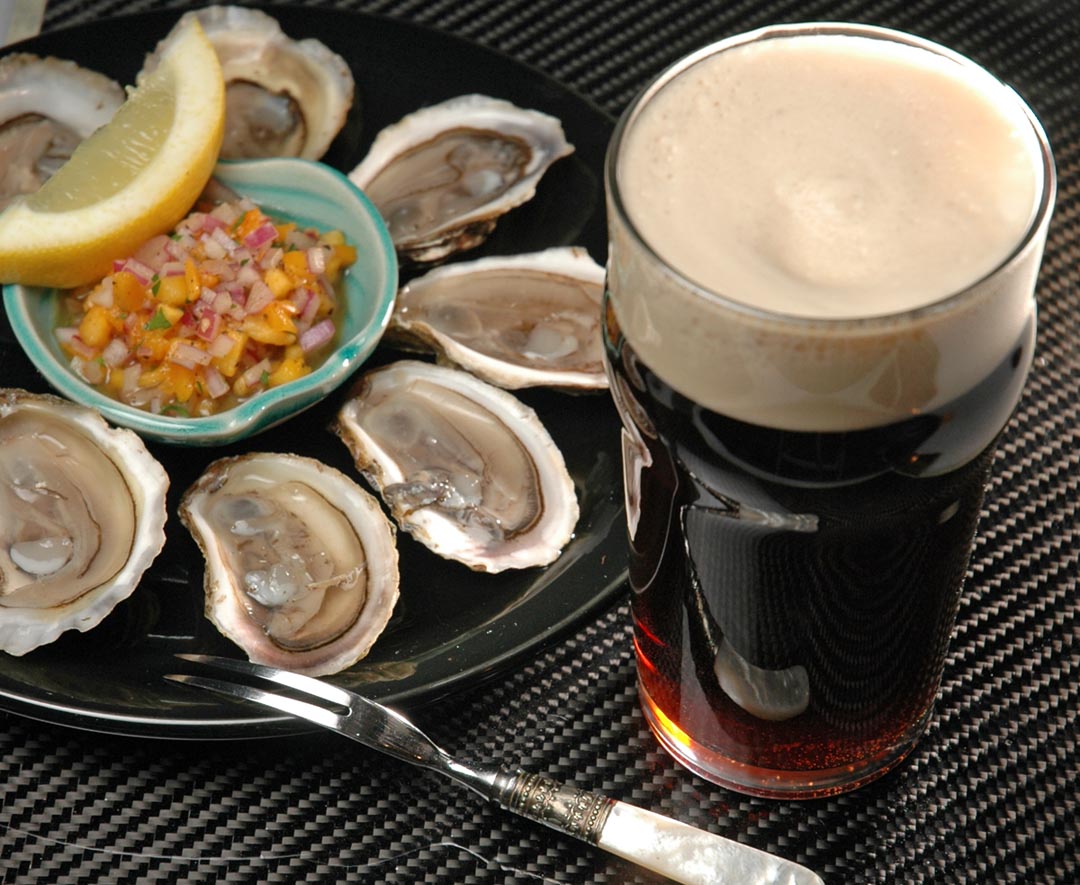Every Odor’s Starting Point: A Biochemical Pinball Machine
If you know even a little about the olfactory system, you get the general idea that at the very beginning of any perceptible smell are numerous events in which odorous molecules bind to receptor proteins. This ultimately results in a neural signal being transmitted into the brain via the olfactory bulb. This was my starting point, too, but I decided it would be interesting to know how all that actually happened.


